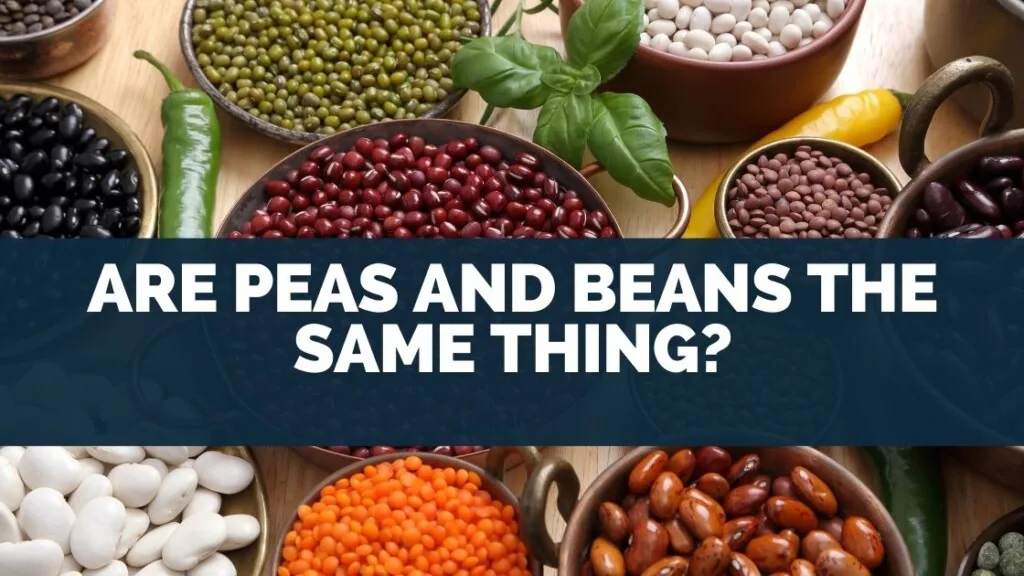
Peas and beans are both legume family members, but they are not the same thing. Peas are small and green, while beans come in all shapes and sizes. Peas are typically eaten fresh, while beans are often cooked or dried.
Nutritionally speaking, peas and beans have a lot in common. They are both high in fiber and proteins and low in fat. Both are good sources of vitamins and minerals, including iron and potassium.
So next time you’re at the grocery store, be sure to stock up on both peas and beans – they’re both good for you!
Table of Contents
What Are Peas?
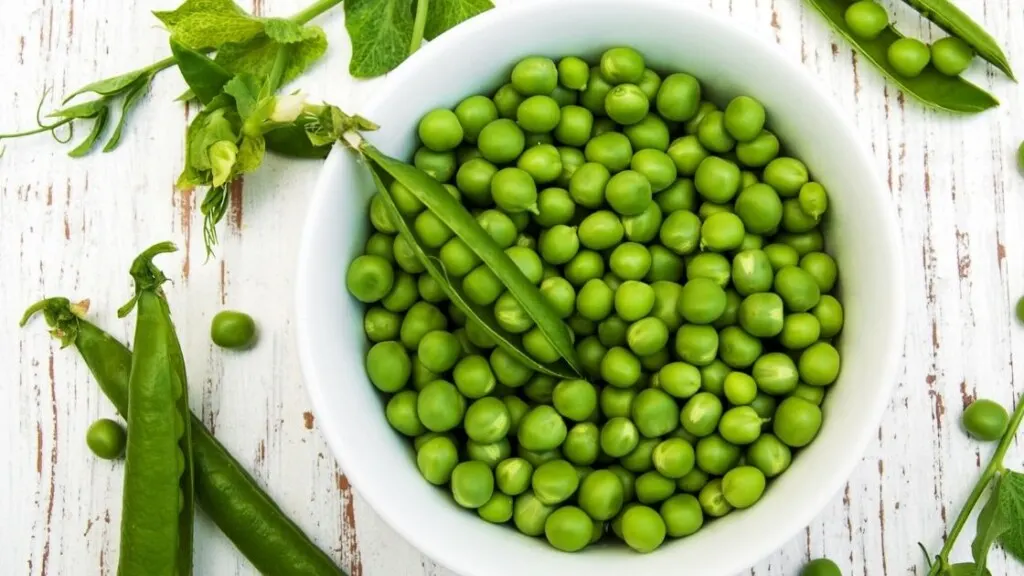
Peas are a type of legume. They are an annual plant that is grown for their small pods. They are a good source of vitamins A, and C. Peas are part of the legume family or “pulse” vegetables and lentils and beans.
There are different types of pea, such as a field pea or “cowpea” (black-eyed peas), snow pea, and snap peas.
Peas are versatile vegetables that a tore used in cuisines around the world. They are commonly available fresh, canned, or frozen. However, most peas are dried before being consumed or processed for eating.
What are Beans?
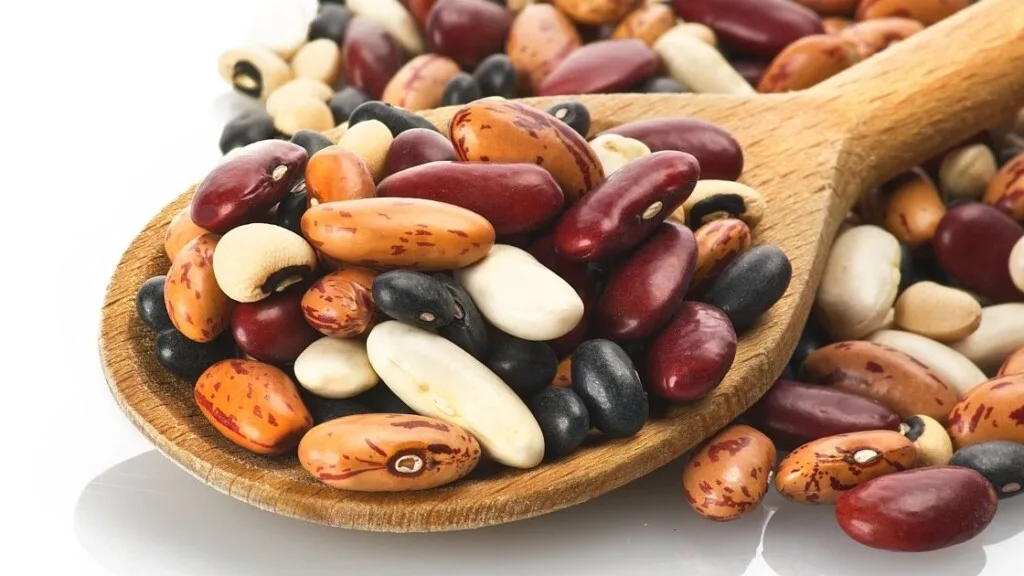
Beans are also a type of legume harvested when the pods are filled with seeds. In addition to being used as food for humans, beans are also grown as animal feed and as seeds for future crops.
They are an excellent source of protein, fiber, folate, and minerals like iron and magnesium. There are many different types of beans, including black beans, kidney beans, white beans, and pinto beans.
Differences between Peas and Beans
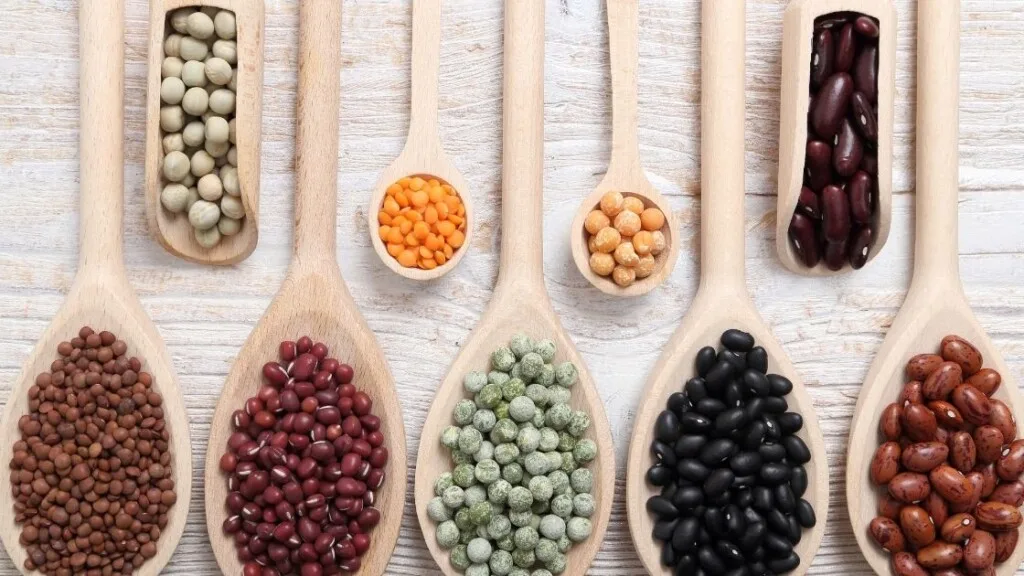
So many people wonder if peas are beans? The simple answer is no. To better understand this concept, let’s compare a few of the similarities and differences between peas and beans.
Both are seeds that are enjoyed for their nutritional value, yet they are very different in structure. Here are a few ways to tell the difference:
– Beans are typically larger than peas
– Generally speaking, beans are smooth, while peas are more textured
– While many types of beans grow on vines, peas are typically smaller than beans and grow on shorter stems
– The colors of dried peas are usually more yellow than white, while the color of dried beans are white
While they are very different despite some similarities, both are healthy additions to any diet.
Below some of the differences are discussed.
Temperature Preference
In general, plants have specific requirements for the temperature to grow well. For example, beans prefer hot summer weather while peas thrive with cooler night-time temperatures and more regular rainfall during their growing season.
While planting is why you’ll sometimes see both types grown together as gardeners try various combinations of crops according to what works best overall!
Harvesting Time
If you want to make sure your beans don’t get spoiled, be picky about the right ones for storage. I recommend picking up some fresh green or yellow bell peppers and keeping them in their original packaging until it’s time to cook with these little guys.
The difference between harvesting peas vs. dry beans is mainly because one common type of legume grows before blooming while another does not-so both have different flavors depending on when they’re eaten!
Flavors And Texture
There are many differences between peas and beans. Peas are typically eaten pod and all, while beans are usually removed from their pods before eating. Peas are also smaller than most beans, and they have a slightly sweet flavor. As for beans, they are typically larger than peas are and have a more earthy flavor. The outer shell is usually thick and has small ribs, which are evident on the skin. Most beans are green or brown, but they can also be purple, red, yellow, mottled, speckled, or even black.
Furthermore, Peas are typically green in color, but they can also be black-eyed, purple-hulled, or yellow.
They have a round shape and are about one inch long. There are many different varieties of peas that vary in taste and texture, such as sugar snap peas with a crisp texture and fresh flavor similar to a green bean, and snow peas with a crispier texture than other varieties of peas and don’t require any pre-preparation before eating.
Cooking Beans and Peas
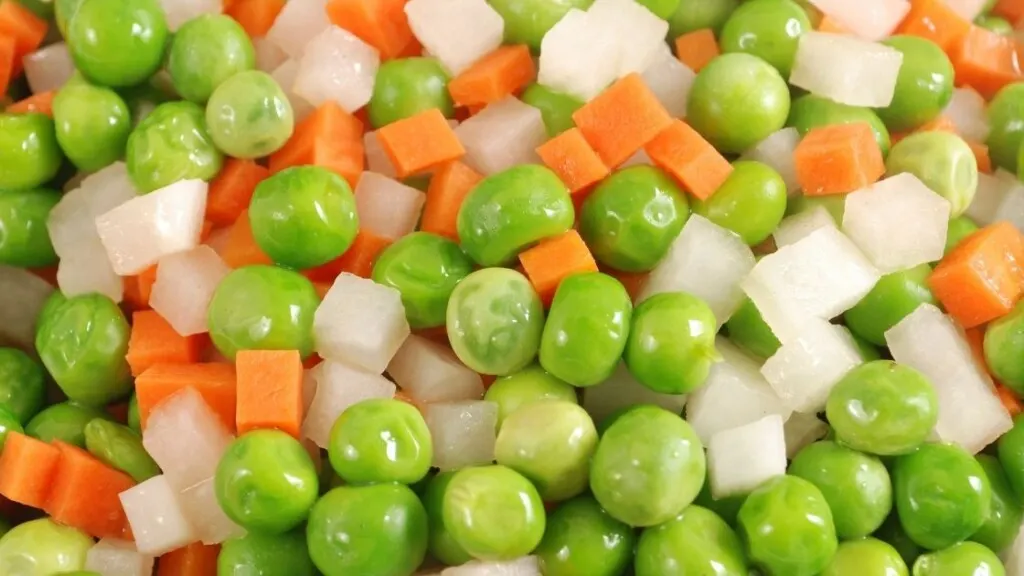
There is a substantial difference in how beans and peas are treated in the kitchen.
Peas are usually frozen because they spoil quickly. They should only be cooked for a few minutes. Some pea varieties are best dried, like yellow split peas. Other pea varieties are eaten with the pod still on them, like snap peas and snow peas.
Beans take a long time to cook, even after they are harvested. They need to be dried before they can be cooked, and then they need another long cooking period.
Beans can be eaten raw or cooked. They should always be thoroughly cooked because beans may contain toxins that affect your body. Some peas are better eaten raw, like snap peas and English peas.
Benefits of Pea
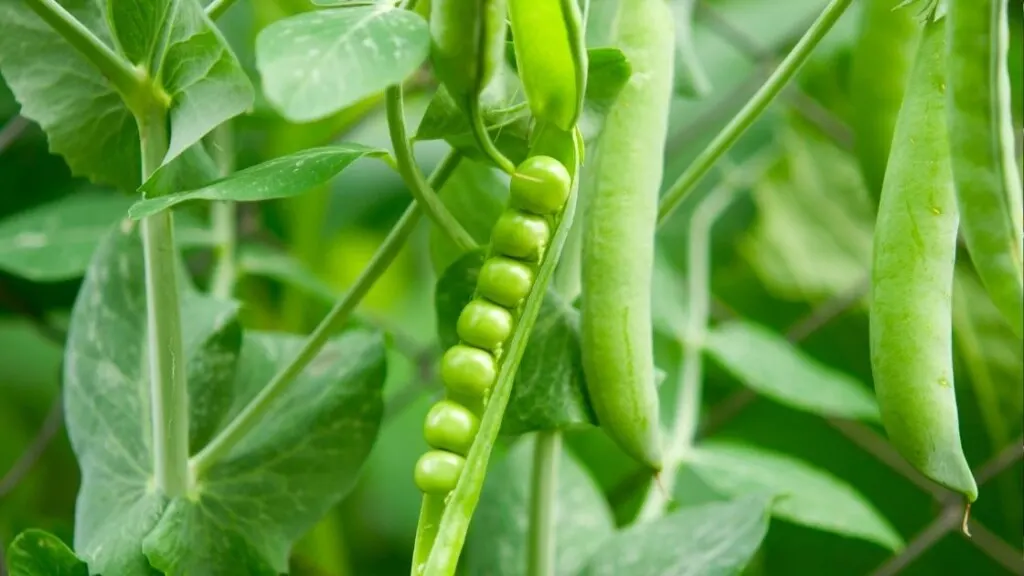
Peas are a healthy and tasty way to provide yourself with protein, fiber, and other great nutrients. Not only do they help keep your blood sugar levels stable, but pea also has some emotional benefits too like feeling fuller longer when eating them!
Benefits of Beans
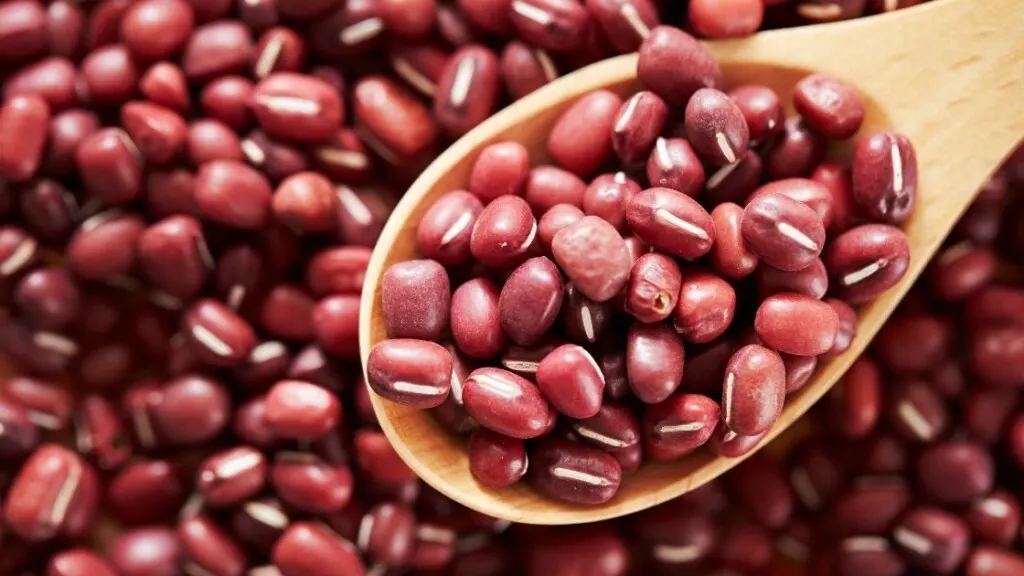
Beans are the perfect food if you’re looking for an easy way to get your daily dose of protein and fiber. They also happen to be low in fat, but they contain very few calories! There are more than 20 grams per cup, making them one tasty source among many others on this list – such as potassium or magnesium (which helps maintain blood pressure).
Conclusion: Are Peas Beans?
There are many differences between peas and beans, but their color is the most noticeable. Peas are green or yellow when fresh off the vine, whereas beans can come in various colors, including brown, black, red-brown, etc. Beans also have edible tepary skin that pea does not have, making them easier to peel if you want to eat them raw. Harvesting times for both types of vegetables differ. However, these harvesting times can vary depending on where they’re grown.
Hence, it’s essential to research your particular region’s needs before planting either type of vegetable!

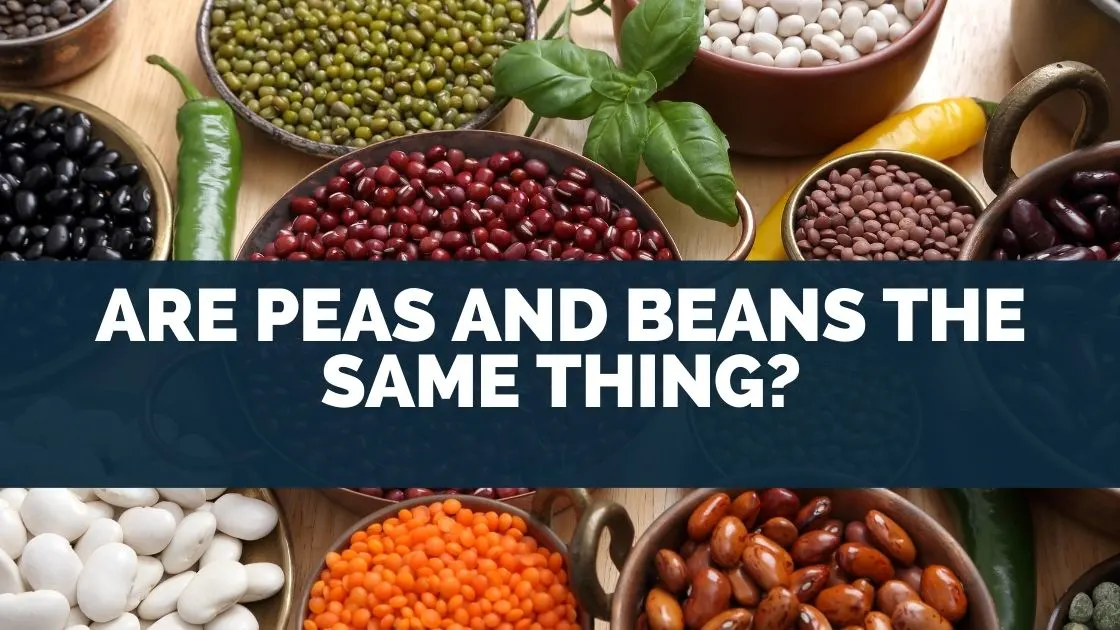
Leave a comment